Jaguar has announced a partnership with the Williams F1 team that will see the C-X75 concept car from last year’s Paris Motor Show come to life. The hybrid powered concept used a pair of gas turbine engines to recharge the batteries for the electric motors found at each wheel. However, the transformation from concept to reality will see the C-X75 be powered by a more conventional arrangement including two electric motors and an internal combustion engine.
The only specifics given, at this stage, relate to performance targets and pricing. Jaguar say the road version of the C-X75 will be able to crack 100km/h in under three seconds, 160km/h in 12 seconds and have a top speed over 320km/h. In all electric mode it will have a modest 50km range, while overall it should emit 99g/km of CO2 emissions.
Just 250 examples of the all-wheel drive hybrid supercar will be built, with an expected price range of £700,000–900,000 (AU$1.07–1.37 million).
After the break you’ll see more pics, a press release from Jaguar along with a video review of the concept car by Jay Leno. Also included is a download of the press docs from Paris 2010.
Jaguar to build C-X75 hybrid supercar
- Jaguar to launch C-X75 as a hybrid supercar
- Mixes internal combustion power with electric motors to achieve supercar performance and less than 99g/km CO2 emissions
- Downsized highly boosted petrol engine with two powerful electric motors and four-wheel-drive
- 0-60mph in less than 3 seconds
- 0-100mph in less than 6 seconds
- Top speed in excess of 200mph
- All-electric running range in excess of 50km
- True-to-concept, lightweight, all carbon-fibre chassis
- Groundbreaking association with Williams F1 – built in the UK
- Direct technology transfer from top-level motorsport
- Prices from £700,000 depending on local market and taxes
- Exclusive limited volume hybrid supercar – only 250 will be built
6 May 2011 – Jaguar can today confirm that it will launch the remarkable C-X75 concept car as an exclusive hybrid supercar.
Jaguar C-X75 will become the British marque’s most advanced model to date. It will offer performance on a par with the fastest production cars on the market, while adopting cutting-edge technology that offers remarkably economical running. Jaguar expects this hybrid supercar to deliver incredibly low CO2 emissions of less than 99g/km while being able to achieve in excess of 200mph.
“People expect Jaguar to be innovators − that is when Jaguar is at its best,” said Adrian Hallmark, Jaguar Brand Director. “The C-X75 received an incredible reception as a concept car. We’ve been building on that momentum and there is a clear business case for this exclusive halo model. No other vehicle will better signify Jaguar’s renewed confidence and excellence in technological innovation than this.”
Project C-X75 will be the ultimate expression of Jaguar design and engineering innovation. This high-performance hybrid supercar will stay true to the initial concept design study that made its debut at the 2010 Paris motor show, while fulfilling requirements that allow it to be homologated for road use.
“We were always determined that the Jaguar C-X75 would be as striking on the road as it was in concept form,” said Ian Callum, Director of Design, Jaguar Cars. “This will be the finest looking and most innovative Jaguar ever produced. Even in the world of supercars, we can still produce the most beautiful.”
In an unprecedented move, Jaguar C-X75 will be developed in association with Williams F1 who will provide their engineering expertise in areas including aerodynamics, carbon composite manufacture and hybrid technologies. This association will be at the leading edge of British automotive engineering and innovation.
“Confirmation of this project today signposts Jaguar Land Rover’s continued determination to embrace new technologies,” said Jaguar Land Rover CEO, Dr Ralf Speth. “A supercar like the C-X75 is the logical choice to showcase cutting-edge design, intelligent use of new environmental technologies and motorsport-inspired performance.”
It also marks a new milestone in both companies’ histories as Jaguar Land Rover and Williams collaborate for the first time to produce one of the world’s highest performance and environmentally sustainable supercars. The production of Jaguar C-X75 will create more than one hundred highly-skilled jobs in the UK.
A direct technology transfer between elite motorsport and road-going production cars is key to C-X75’s success. The supercar’s chassis will be made of carbon-fibre to create an incredibly lightweight, yet rigidly strong structure.
Aiding the transition from concept to production vehicle is the choice of powertrain. Jaguar continues to develop the use of the micro-turbine technology that was showcased in the original concept C-X75. Jaguar’s parent company Tata has taken a significant stake in Bladon Jets, and will develop this very advanced technology as a medium-term aspiration that will play a part in Jaguars of the future.
To bring Project C-X75 to showroom reality within the timescales of a conventional model programme, an equally innovative powertrain had to be developed. The road-going supercar will use a state-of-the-art, small-capacity, highly-boosted internal combustion engine with one powerful electric motor at each axle.
“The engine’s compact size allows it to be mounted low in the car for optimum weight distribution and to retain the concept’s stunning silhouette. This will make the Jaguar C-X75 a bona fide hybrid supercar capable of silent electric running with an extensive EV range in excess of 50km,” explained Bob Joyce, Group Engineering Director, Jaguar Land Rover.
When C-X75’s motors and combustion engine combine, it will be one of the fastest production cars in the world, with a sub-three second 0-60mph time and a top speed in excess of 200mph. Crucially, this performance will be generated alongside incredibly low emissions, with a target of less than 99g/km CO2, thanks to Project C-X75’s lightweight construction and cutting-edge powertrain technology.
Williams F1 has been at the forefront of motorsport engineering for three decades. The project engagement on Jaguar C-X75 is testament to the team’s ambitions and will bring together two leading lights of the UK motoring industry.
“Our new association with Jaguar Land Rover provides us with an exciting opportunity to work with one of the motoring world’s most famous and iconic brands,” said Sir Frank Williams, Chairman of Williams F1. “Williams has always considered itself an engineering company and so this project will allow us to combine our technical expertise to create something truly exceptional.”
Jaguar C-X75 will redefine the customer experience, and will set new standards in sales and after-sales services that will be recreated across the range in the future. Only 250 examples will be built, each costing between £700,000 – £900,000 depending on market and local taxes.
“Never before has the company launched such an ambitious, world-beating vehicle programme,” said Carl-Peter Forster, CEO Tata Motors. “This is the Jaguar of the future. The opportunity for innovation like this in the UK is part of the reason Tata Motors invested in Jaguar, and it’s fantastic that products like the C-X75 can become reality.”
From today Jaguar will be taking expressions of interest via its website www.jaguar.com or via its dedicated C-X75 contact service on the following numbers:
UK: 0800 015 8605
International: +44(0)1932 335370 or +44(0)1932 335365
China: 400 820 8955
Downloads
- Jaguar C-X75: Paris 2010 press releases (48kb zip file)
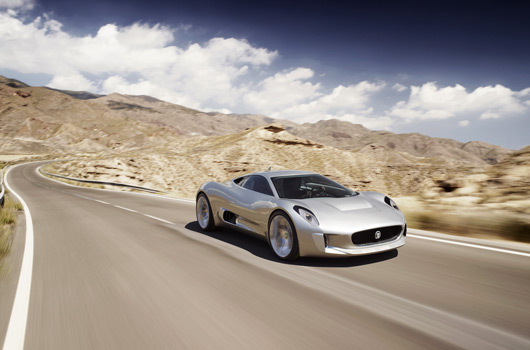
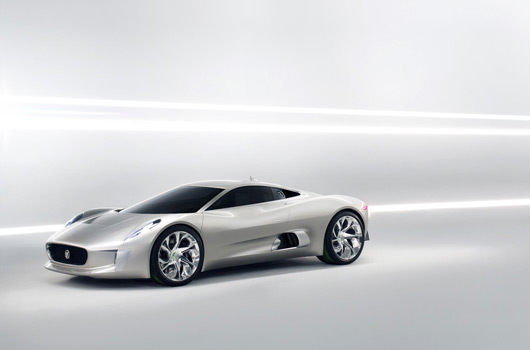
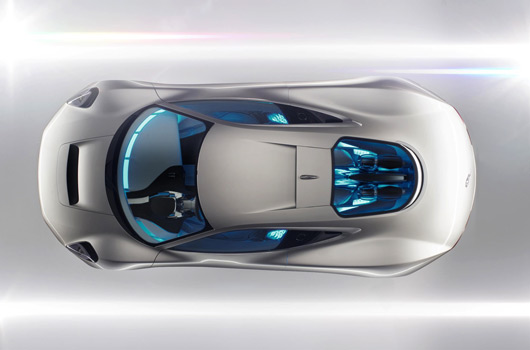
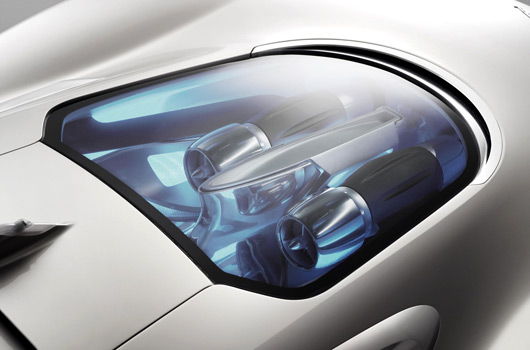
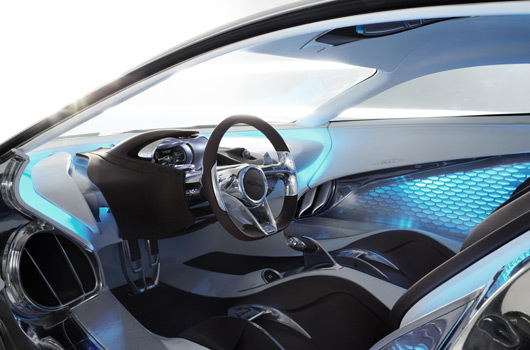
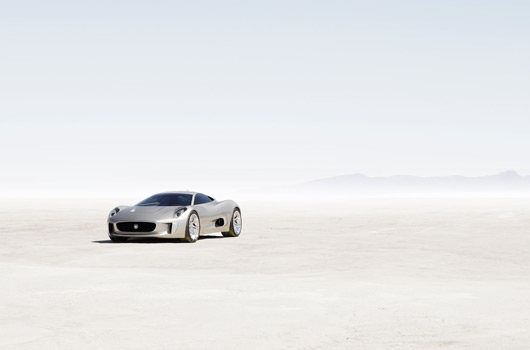
One reply on “Williams and Jaguar join forces to build C-X75”
[…] has confirmed the unhappy news that it has cancelled its C-X75 project. The announcement comes 18 months after the decision to build the car was […]